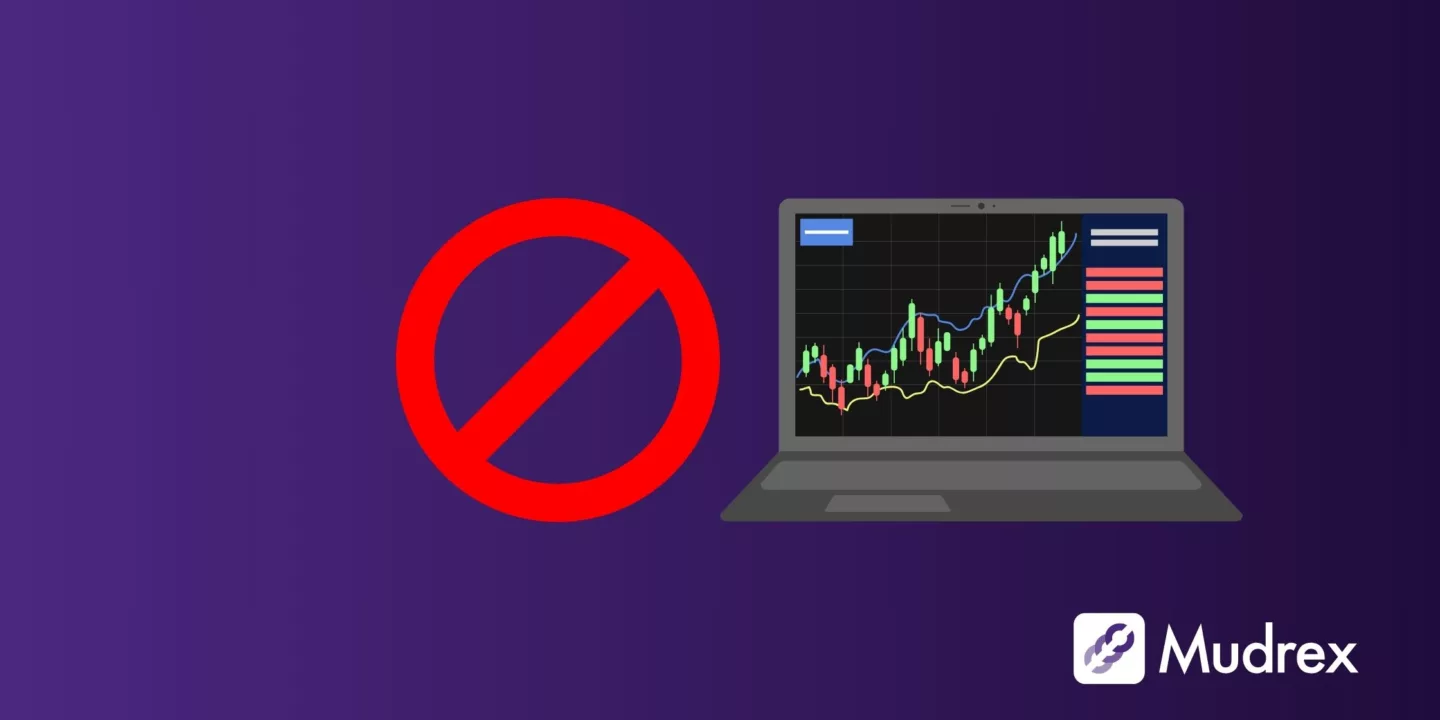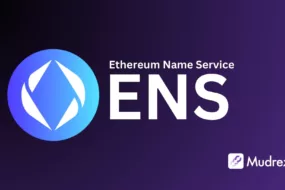
Cryptos to Avoid in April 2025
Not every crypto is a good fit for your portfolio. In a market full of hype, some projects simply don’t have the legs to last. In this blog, we’ll highlight the cryptos to avoid this month—coins that show signs of instability or have underwhelming fundamentals. Want to steer clear of bad investments? Stay ahead by learning which ones to watch out for.
Methodology: These tokens have shown prolonged bearish price action, lasting weeks or even months. Additionally, some of these tokens have faced significant headwinds, further impacting their prices.
Remember, this information is not financial advice. Always conduct your own research and consult with a financial advisor before making investment decisions.
List of Coins to Avoid in April 2025
1. CTXC (Cortex)
Reason to avoid: CTXC has been placed under Binance’s monitoring tag, which raises concerns about a potential delisting. Since the announcement, the token has plunged by 90%. Delisting from Binance could severely impact CTXC’s liquidity, trading volume, and overall market confidence, making it harder for investors to buy or sell the token.
CTXC (Cortex) introduced AI-powered smart contracts, aiming to merge machine learning with blockchain. However, adoption remains low, and real-world use cases are scarce. Competing AI projects and the uncertain demand for AI in blockchain raise doubts about its long-term viability. Without significant adoption or real-world applications, CTXC remains a speculative and high-risk investment
ALSO READ: How To Secure Your Cryptocurrency: A Complete Guide For 2024 | Mudrex Learn
2. ACT (ACT-1: The AI Prophecy)
Reason to avoid: ACT 1 has broken key support zones, signaling a potential for a much deeper decline. The primary driver of today’s downturn appears to be Binance’s leverage tier adjustments, which triggered mass liquidations—some reports suggest ACT plunged up to 58%. Speculation on social media points to Wintermute’s involvement, with claims of large token sell-offs or liquidity manipulation.
ACT 1: The AI Prophecy is a cryptocurrency project that has recently garnered attention due to its association with an AI experiment known as Truth Terminal. However, potential investors should exercise caution with ACT in April given the recent price drop and the inherent volatility that comes with it being an experimental AI and meme culture project.
3. PERP (Perpetual Protocol)
Reason to Avoid: Like CTXC, PERP was placed under Binance’s monitoring tag on April 2nd. Since then, the token has declined by 40%, breaking key support levels and signaling potential further downside.
PERP (Perpetual Protocol) gained attention for its decentralized derivatives trading platform. However, its recent placement under Binance’s monitoring tag on April 2nd has raised concerns about its stability. This classification signals increased scrutiny and the potential risk of delisting, which could further impact liquidity, trading activity, and overall market confidence.
4. FIRO (Firo, formerly Zcoin)
Reason to avoid: Regulatory scrutiny on privacy-focused coins may lead to delistings and reduced market access.
FIRO (Firo), formerly Zcoin, offers strong privacy features, but increasing regulatory scrutiny on anonymous cryptocurrencies has led to delistings and reduced accessibility. While privacy remains important, the pressure on privacy coins worldwide raises concerns about FIRO’s future. Without wider acceptance or regulatory clarity, FIRO remains a risky investment. Avoid FIRO in April 2025.
5. UFT (UniLend)
Reason to avoid: The DeFi lending sector is highly competitive, with larger players like Aave and Compound dominating, leaving little room for smaller projects.
UFT (UniLend Finance) positioned itself as a flexible DeFi lending platform, allowing any ERC-20 token to be used for lending and borrowing. However, it faces stiff competition from well-established DeFi giants like Aave and Compound, which offer better security and liquidity. With limited adoption and liquidity concerns, UFT struggles to stay relevant in the DeFi space. For these reasons, it’s best to avoid UFT in April 2025.
How to Identify Cryptos to Avoid
Not every cryptocurrency is a reliable investment. Watch for these warning signs:
1. Low Liquidity & Transparency – If a token has low trading volume, it may be difficult to sell. Projects with anonymous teams or unclear roadmaps often hide risks. Example: Squid Game Token collapsed after developers vanished.
2. Weak Development Activity – A project with no updates, an inactive GitHub, or missing whitepapers may lack long-term commitment. Example: BitConnect shut down after failing to deliver on promises.
3. Risky Tokenomics – High unlock schedules and excessive inflation reduce value. Example: Terra’s UST collapse exposed flaws in unsustainable token models.
4. Common Scams – Watch for rug pulls, Ponzi schemes, and misleading marketing. Example: OneCoin operated as a Ponzi scheme before collapsing.
Always research before investing. If returns seem unrealistic, the risk is likely high.
Alternative Investments: Where to Look Instead?
With crypto markets evolving, strong alternatives exist in sectors poised for growth in 2025.
1. Artificial Intelligence (AI) Integration – AI-powered blockchain solutions are gaining traction. Projects like Fetch.ai and SingularityNET are exploring automation and data monetisation. Here are the top 10 AI driven altcoins you can consider.
2. Real-World Assets (RWA) – Tokenisation of real estate, commodities, and financial instruments bridges blockchain with traditional markets. Platforms like Ondo Finance and Centrifuge are leading this space.
3. Layer 2 Scaling Solutions – Faster, cheaper transactions make Layer 2s essential for blockchain adoption. Examples include Arbitrum, Optimism, and zkSync.
4. Key Investment Factors – Strong projects have active development, clear utility, sustainable tokenomics, and growing adoption. Look for transparency, real-world use cases, and committed teams before investing.
Conclusion
Avoiding high-risk investments is just as important as identifying the right ones. Now that you’re aware of the cryptos to steer clear of in April 2025, take action to protect your portfolio. Join the Mudrex Telegram channel for more expert advice and timely updates. For an even smoother experience, download the Mudrex app to track your investments and make informed decisions on the go. Stay smart and make confident choices today.
FAQ
1. Which crypto will skyrocket in 2025?
Predicting exact price movements is uncertain. However, projects with strong fundamentals in DeFi, AI, and Layer 2 scaling—such as Bitcoin, Ethereum, and key altcoins—have the potential for significant growth, depending on market conditions and adoption trends.
2. Which crypto will give 1000X?
A 1000X return is rare and highly speculative. Historically, early-stage projects in emerging sectors like AI, real-world asset tokenization, and gaming have shown exponential gains. However, these investments carry extreme risk, and most do not sustain long-term value.
3. What are the top 10 altcoins for 2024?
Prominent altcoins based on utility, adoption, and developer activity include Ethereum, Solana, Polygon, Chainlink, Avalanche, Arbitrum, Polkadot, Cosmos, Toncoin, and Render. These projects have demonstrated resilience and innovation in blockchain technology.
4. Which crypto will boom in 2026?
Future market trends suggest potential growth in AI-integrated blockchain projects, privacy-focused networks, and Layer 2 scaling solutions. Long-term success will depend on technological advancements, regulatory developments, and overall market sentiment.





